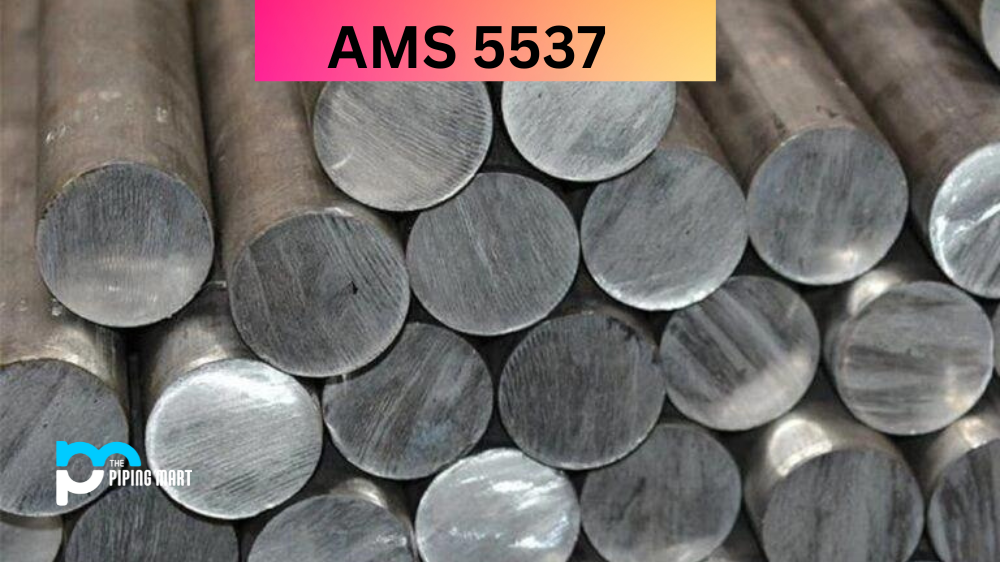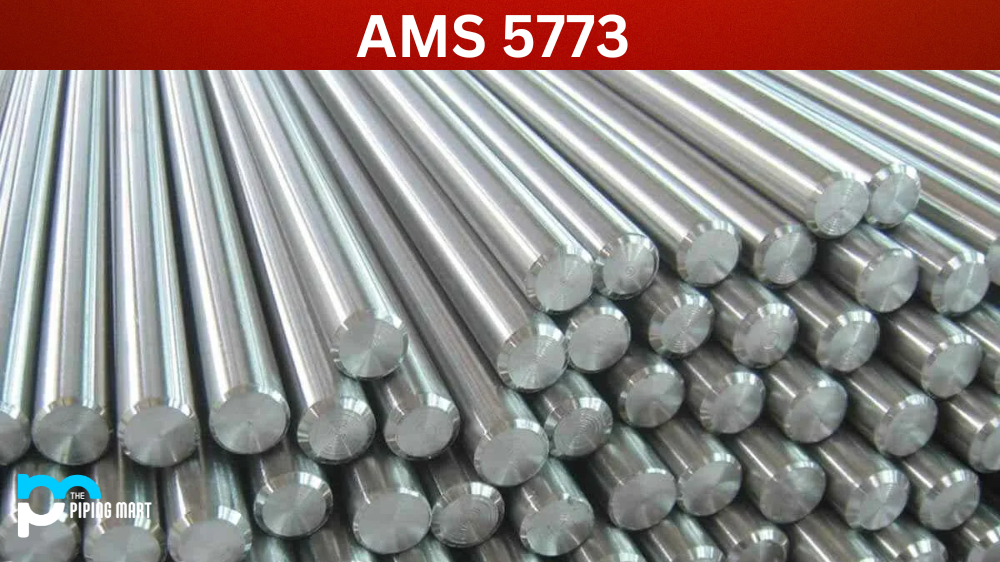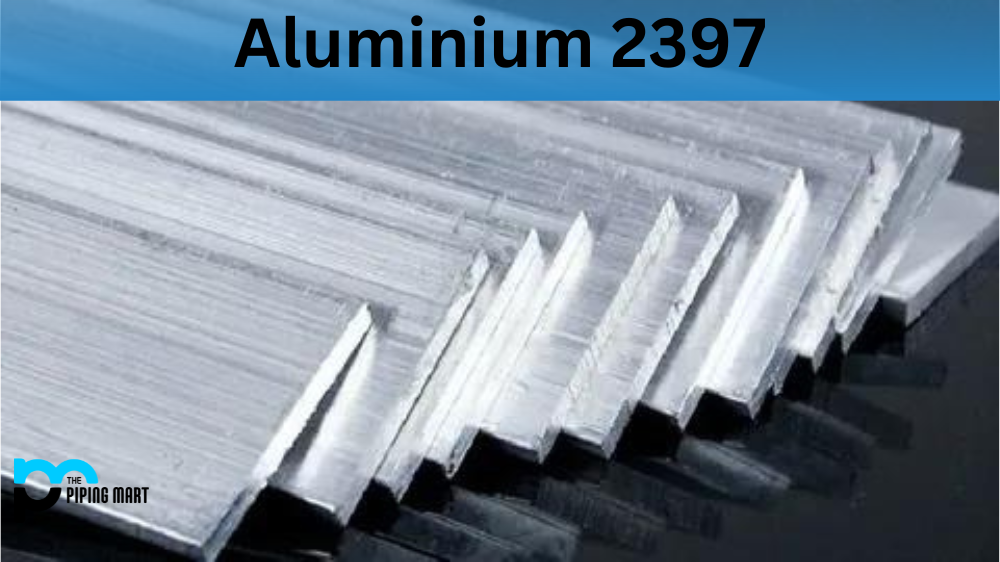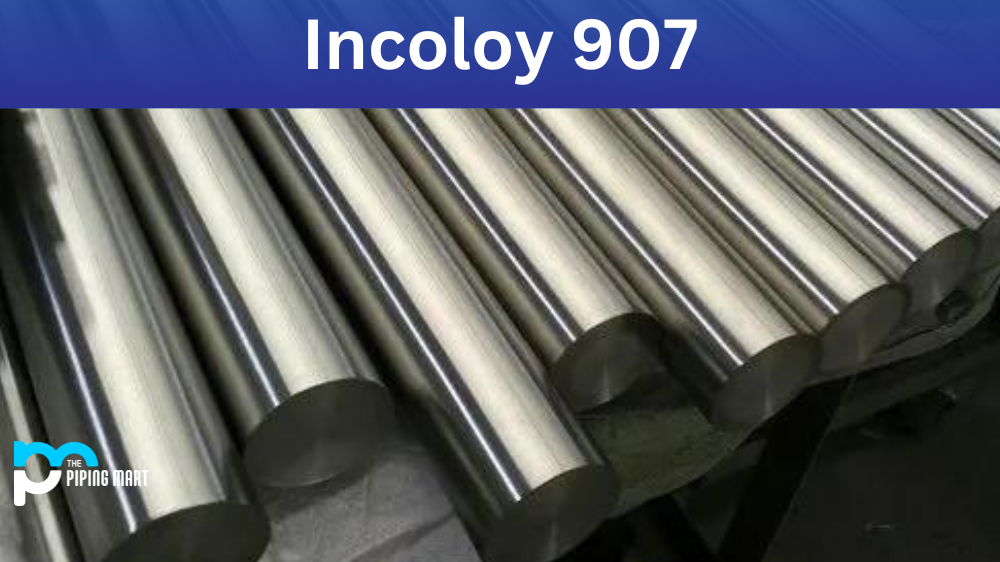AMS5537 is a versatile and widely-used alloy that has many industrial applications. If you’ve heard of AMS5537 before but need clarification on what it is and why it’s important, this blog post is for you. In this article, we’ll dive into the composition, physical and mechanical properties, uses, hardness, and heat treatment of AMS5537.
What is AMS 5537?
AMS 5537 (also known as Haynes 25 Alloy) is an austenitic stainless steel grade used for aerospace and medical applications due to its excellent resistance to corrosion, weldability, and high strength at elevated temperatures. It contains 18-20% chromium, 8-10.5% nickel and 0.08 – 0.15 % nitrogen, with a maximum carbon content of up to 0.04%.
What Form Is AMS 5537 Available at Piping Mart?
- Haynes 25 Bars
AMS 5537 Composition
AMS 5537 is a nickel-chromium-molybdenum alloy containing a small amount of niobium. Its composition is designed to resist corrosion and wear, making it ideal for applications in harsh environments such as chemical processing plants, oil and gas production, and aerospace engineering.
| Element | Content (%) |
|---|---|
| Cobalt, Co | 49.3 |
| Chromium, Cr | 20 |
| Tungsten, W | 15 |
| Nickel, Ni | 10 |
| Iron, Fe | 3 |
| Manganese, Mn | 1.5 |
| Silicon, Si | 1 |
| Carbon, C | 0.15 |
| Sulfur, S | 0.030 |
| Phosphorous, P | 0.040 |
AMS 5537 Physical Properties
Its physical properties include a density of 7.85 g/cm³ and a melting point of 1370°C. The coefficient of thermal expansion is 13.1 μm/(m. K), and its thermal conductivity is 11.7 W/(m. K). These properties help make AMS 5537 resistant to thermal and mechanical stress and corrosion.
| Properties | Metric | Imperial |
|---|---|---|
| Density | 9.13 g/cm³ | 0.33 lb/in³ |
| Melting point | 1382°C | 2520°F |
AMS 5537 Mechanical Properties
AMS 5537 has impressive mechanical strength properties, including high tensile and yield strengths. Depending on the heat treatment, its tensile strength is up to 1100 MPa, while its yield strength can range from 480-1050 MPa. In addition, it has excellent fracture and fatigue resistance.
Mechanical Property Requirements |
|||||
|---|---|---|---|---|---|
|
Ultimate Tensile |
Yield Strength (0.2% OS) |
Elong. in 4D % |
R/A |
Hardness |
|
|
Min |
125 Ksi |
45.0 KSi |
30 |
|
|
|
Max |
|
|
|
|
|
|
Min |
862 Mpa |
310 MPa |
|
|
|
|
Max |
|
|
|
|
|
Specifications
Specifications |
|
|---|---|
| Form |
Standard |
|
Metal Type |
UNS R30605 |
|
Bar |
AMS 5759 ASTM F90 GE B50T26A |
|
Cold Worked Bars |
MCI 1031 GPS 2051 |
|
Wire |
|
|
Sheet |
AMS 5537 |
|
Plate |
AMS 5537 |
|
Foil |
AMS 5537 |
|
Fitting |
|
|
Welding Tube |
GE B50T26A |
|
Forging |
AMS 5759 |
|
Weld Wire |
AMS 5759 |
|
Weld Electrode |
|
|
Din |
2.4964 |
AMS 5537 Equivalent
- AISI 670
- AMS 5537
- AMS 5759
- AMS 5796
- ASTM F90
- GE B50T26
- GE B50TF1
- MIL C-24252 Comp 1
AMS 5537 Uses
Its impressive properties make AMS 5537 ideal for manufacturing components for demanding applications. It’s commonly used to produce aircraft engine parts, pumps, valves, and chemical processing equipment. Other applications include petrochemical processing, power generation, and automotive components.
AMS 5537 Hardness
AMS 5537 bars varies based on the heat treatment method used. In general, it has a hardness range of 30-45 HRC. The hardness of the alloy helps make it resistant to wear, deformation, and cracking, even under high-stress conditions.
AMS 5537 Heat Treatment
Heat treatment is critical to using AMS 5537 effectively. The alloy can be heat-treated in different ways to achieve different mechanical properties. For example, solution heat treatment followed by ageing can enhance the material’s strength and fatigue resistance. On the other hand, annealing can improve its formability and machinability.
Conclusion
AMS 5537 material is an essential alloy with many applications in many industries. Understanding its composition, physical and mechanical properties, hardness, and heat treatment processes are key to effectively using this alloy. Hopefully, this blog post has helped you better understand AMS 5537, its impressive properties, and what makes it a valuable material in demanding applications.

Abhishek is a seasoned blogger and industry expert, sharing his insights and knowledge on various topics. With his research, Abhishek offers valuable insights and tips for professionals and enthusiasts. Follow him for expert advice on the latest trends and developments in the metal industry.




